FYZICAL THERAPY AND BALANCE CENTER
Helping those suffering balance issues find their footing again
by Kathy Van Mullekom
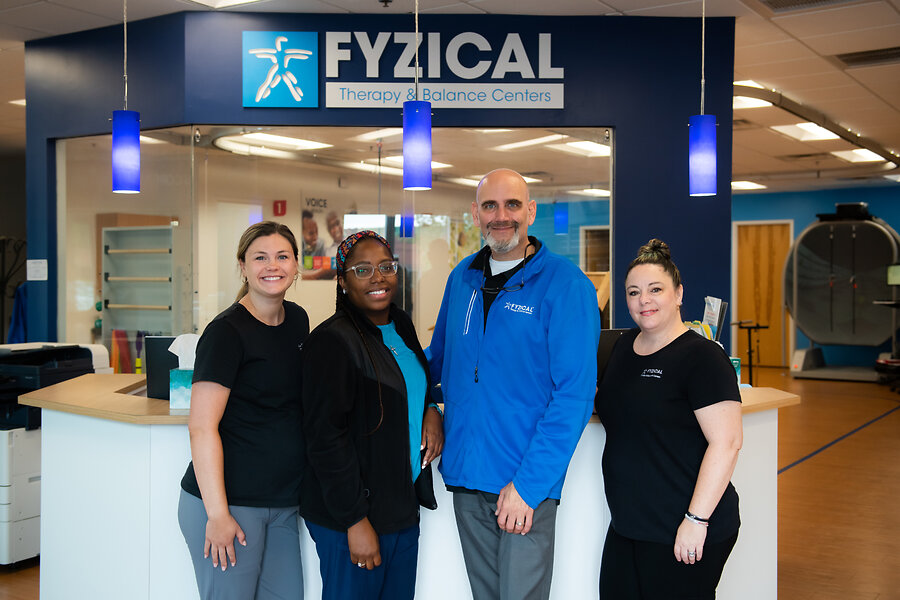
From left: Kimberly Ferguson, DPT, LaTia Owens, John Ackiss, DPT, OCS, and Alisha Erfle
There's nothing more disorienting than dealing with an unexpected wave of dizziness and feeling as if the room is spinning. With it comes the danger of falling. In 2020, more than 36,000 adults aged 65 and older died from preventable falls, and more than 2.8 million were treated for falls in emergency rooms, according to the Centers for Disease Control and Prevention.
As we age, dealing with poor balance can be challenging, but nothing says it has to be permanent, according to the specialists at Fyzical Therapy and Balance Center.
"Dizziness is the main reason our center exists," Clinical Director and Therapist John Ackiss says. "Many people have trouble figuring out why they suffer from dizziness, imbalance, or vertigo. We work with a patient's doctors to pinpoint the causes of balance issues and develop a personalized plan to restore that patient's confidence and return them to regular activity. We help our patients find a good balance in life again."
Fyzical Therapy and Balance Center -located in Chesapeake and associated with Eastern Virginia Ear, Nose, and Throat Specialists-specializes in dizziness, imbalance, and vertigo.
With degrees from Old Dominion and a doctorate from the Medical College of Virginia, John has 30 years of experience in physical therapy and now specializes in fall prevention, orthopedics, and treating dizziness. He works alongside physical therapist Kimberly Ferguson, who received her doctorate in physical therapy in 2019.
Both utilize the center's specialized CDP testing (Computerized Dynamic Posturography) to pinpoint each patient's balance issues. From there, they customize a personal plan to quite literally put the patient back on better footing.
Using technology developed by NASA, the posturography testing is simple and takes about 20 minutes. No wires, gels, or cameras are involved. John explains that the patient steps to the plate, puts on a safety harness, steps on force plate, and attempts to maintain balance in a variety of conditions. The machine does the rest, testing and measuring the patient's stability while standing up with eyes open, with eyes closed, and with visual movement. This data is compared to other men's/women's data of the patient's age and height.
"Think of it as a little bit of virtual reality in a healthcare setting," John says with a laugh. "This CDP technology is a game-changer for treating patients with dizziness, and few clinics in the country have it. Lots of things can lead to people falling, and this system analyses all the possibilities-and it does all of that while the patient is in a safe environment, wearing our Solo-step overhead harness system. It provides an unparalleled level of safety during advanced training that makes it impossible for them to fall-even if on a treadmill."
Because posturography is such a game-changer in the treatment of dizziness, John encourages anyone with the slightest hint of balance issues to take advantage of the center's free screenings. Most of the center's patients are 65 and older, so Medicare and most healthcare insurers pay for treatment. John points out that patients will require referrals from their physicians for these services. Because policies from private insurers may vary, he advises patients to check with a representative from their particular company.
"Dizziness is a complex issue," John explains. "Fear and anxiety are often associated with it-especially for those living alone. For some, that anxiety is too much to handle, and they are too scared to come to therapy. At our core, we are teachers focusing on fall prevention. We are all about working through it by giving patients the guidance and exercises needed to correct or improve the condition. The patient's commitment and consistency in working hard at home makes this the most efficient system."
"This CDP technology is a
game-changer for treating patients with dizziness,
game-changer for treating patients with dizziness,
and few clinics in the country have it."
-John Ackiss
-John Ackiss

Some difficulties with balance originate in the vestibular system, inside the inner ear. This system responds to movement, change in direction, change of head position, and gravitational pull. It helps maintain posture, balance, and head stability as we move.
Because John and Kimberly are both vestibular rehabilitation specialists, they offer highly-specialized treatments to address dizziness caused by inner ear issues.
John explains that tiny crystals line the walls of the inner ear. Aging, injury, infection, diabetes, or simply lying in bed for long periods of time can cause these crystals to break off. Detached crystals can disturb the cilia, causing the microscopic hair-like structures to signal to the head it is moving when it actually is not. John and Kimberly can perform specific tests with specific changes in head position to determine if crystals are present, and ultimatey relocate them. This is a highly-skilled technique," John notes. "We move the crystals into a place where they will go away. Sometimes the inner ear loses function as we age, specifically in mobility associated with the lockdown during COVID."
Common symptoms that warrant a visit to
Fyzical include:
Feeling unbalanced or like the room is spinning.
The false sense that images are jumping when
you drive or quickly turn your head.
Veering to the left or right when walking.
Difficulty hearing or noticing a buzzing in the ears.
Feeling dizzy when lying down, rolling over,
or looking up.
Fyzical include:
Feeling unbalanced or like the room is spinning.
The false sense that images are jumping when
you drive or quickly turn your head.
Veering to the left or right when walking.
Difficulty hearing or noticing a buzzing in the ears.
Feeling dizzy when lying down, rolling over,
or looking up.
In addition to balance therapy, Fyzical offers traditional physical therapy programs for orthopedic conditions like jaw pain, headache, neck and back pain, and knee issues.
John notes that lifestyle stress, in general, is causing more people to seek help.
John notes that lifestyle stress, in general, is causing more people to seek help.
"One patient came in complaining of simple ear pain while driving," John explains. "It turns out he was clenching his teeth when he was behind the wheel. We discussed different relaxation techniques to relieve the stress: tightening his core, tightening his pelvic floor-tightening anything but his jaw. Even pressing the tongue to the roof of the mouth will keep the jaw relaxed. Sometimes, it's that simple."
Other times, physical therapy tackles the most challenging issues, like a patient who is confined to a wheelchair and can't get up without the assistance of two people. John has worked with such cases and helped patients walk with nothing or only a cane for assistance.
"It's amazing what a person can achieve," he says with a smile. "If someone has the mindset and wants to do it, we can help make it happen."
"It's amazing what a person can achieve," he says with a smile. "If someone has the mindset and wants to do it, we can help make it happen."
Photos by Michele Thompson
FYZICAL Therapy & Balance Center
510 Independence Pkw Suite 850
Chesapeake, VA 23320
757-290-0202
www.fyzical.com/chesapeake-va
CURRENT COLUMNS
Children First 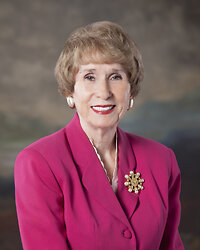
Dandelion Timeby Becky AdamsPublisher’s Point 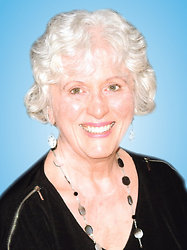
Time To Moveby Jean Loxley-BarnardRelationships 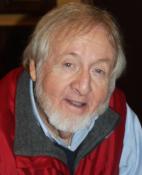
When Your Security Blanket is in the Dryerby Dr. Bill AustinOn The Front Porch With You 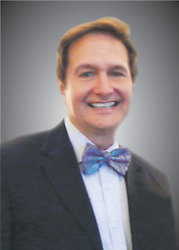
Memories of Homeby Rob Lauer

